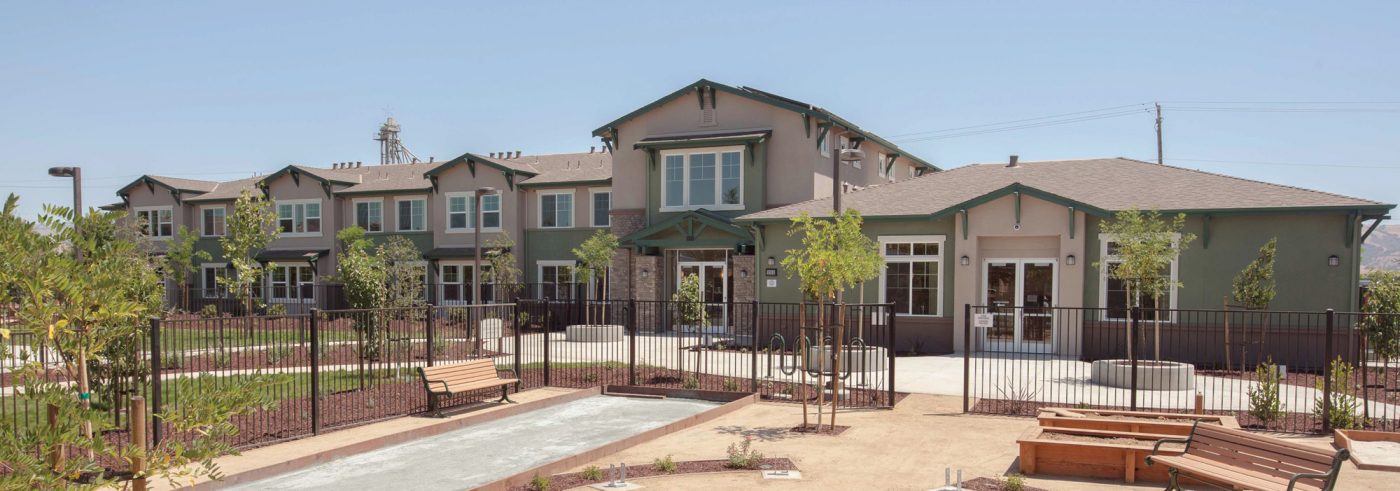The Gilroy City Council voted on Monday, February 4th to end a 45-day interim Urgency Ordinance preventing approval of any multi-family residential development projects in the city. The Council enacted the ordinance on January 7th, 2019 due to concerns that entitling multi-family development may be in conflict with housing priorities that the city is currently in the process of finalizing.
The city has made significant progress towards reaching its Regional Housing Needs Allocation (RHNA) obligations, achieving 300% of the Low Income goal and 266% of its Above-Moderate goal. However, the city still needs to permit 156 very low income units and 210 moderate income units to meet its RHNA obligations in the current cycle.
At the meeting, staff provided an overview of the report, updating Council on the status of:
- Gilroy 2040 General Plan Update Process
- Gilroy Place-Based Economic Development Strategy Report
- 2015-2022 RHNA Cycle Progress in the City and RHNA Subregion
- CASA Compact
- Housing Affordability in Gilroy
- Multi-family Residential Land Capacity in Gilroy
- Measure A Implementation
- State Legislation effecting residential development
- Gilroy’s Residential Development Ordinance
- Approval Condition regarding Housing Type, Density, and Affordability of new multi-family developments
Staff identified that the City’s existing Residential Development Ordinance (RDO) implementation may be found inconsistent with recent State legislation.
Gilroy has a Residential Development Ordinance, which they established to control growth within the city by allocating a certain number of housing units that can be approved per year through an allotment system. The last RDO cycle ended in 2013 and the Council decided to not begin the next cycle until the General Plan Update was complete. In the interim, they have been providing some allocations annually through an “Interim Exemption.” However, since 2017, Council has not approved any new Interim Exemptions, but they have been accepting applications for residential development downtown or if the project is 4 units or less. Without an Interim Exemption with housing allotments, or a new RDO cycle, residential development applications outside of downtown have been impossible.
Councilmembers expressed concern about the Very Low Income and Moderate income units needed to meet the city’s RHNA obligations in the current cycle, and were interested in creating mechanisms to decrease barriers to development to address this need. In the wake of a stalled general plan update, as well as a halting of allotments through the City’s Residential Development Ordinance (RDO), housing development applications have stalled in the City.
The Council recognized the need for a timely response to get Gilroy back on track to producing affordable housing in their community. In addition to ending the moratorum, the Council approved staff’s recommendation to hire a consultant to analyze more thoroughly the RDO program, zoning ordinance, and design standards for inconsistencies with State Law. Staff expects to re-start the general plan update process within the next three months, and we hope to see progress on the RDO analysis later this year.
SV@Home staff had advocated for the Council’s action to accept the staff’s recommendations as outlined in the staff report and to end the Urgency Ordinance, enabling development to proceed. We will continue to engage with the staff and Council as the general plan and RDO analysis move forward.
